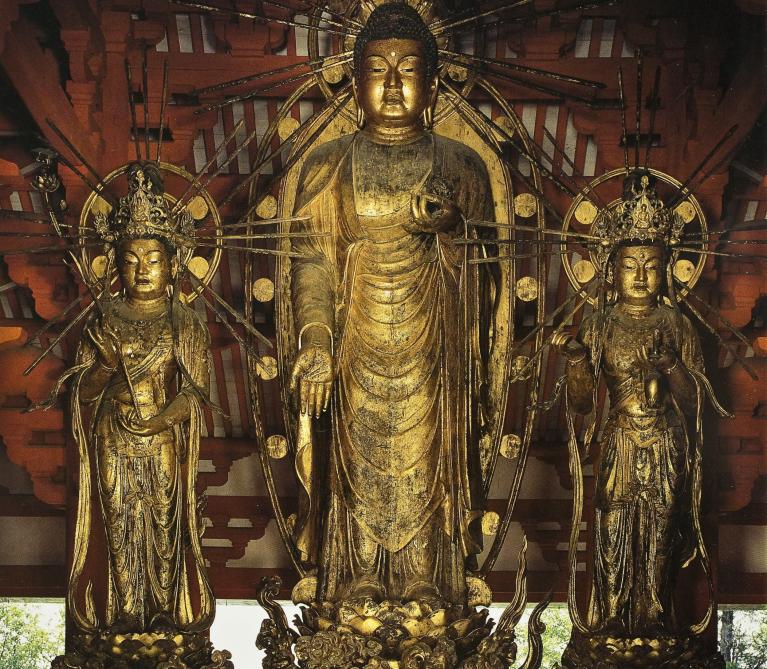Lectures
Three lectures on Japanese Buddhist sculpture raise questions about the ritual function of works of art in times of extreme social upheaval and the effects of social change on artistic patronage and practice. The first two lectures focus on statues commissioned by the monk Shunjobo Chogen (1122-1206) in a period of intense religious turmoil, while the third explores sculpture created in the 15th and 16th centuries as Japanese state patronage of Buddhism declined.
Buddhist statues produced during the brutal civil wars of the late twelfth century provoke questions about the effects of carnage and disruption on Buddhist sculptors and on the function of their sculpture in rituals intended to bring solace to the victims and their families.
An examination of the transmission of rituals and craft techniques from China, especially from the Zhejiang region, leads to an exploration of their impact on Buddhist sculptors and builders of the late twelfth and thirteenth centuries.
The Buddhist creed lost its place at the fulcrum of Japanese state polity in the fifteenth and sixteenth centuries, prompting questions about changes in the status of Buddhist sculptors and in the ritual function of their images.
